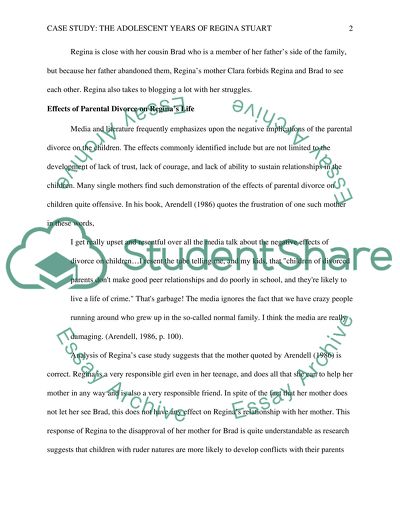Cite this document
(“Casey Study Pt. 1: The Adolescent Years of Regina Stuart Case”, n.d.)
Casey Study Pt. 1: The Adolescent Years of Regina Stuart Case. Retrieved from https://studentshare.org/psychology/1460191-casey-study-pt
Casey Study Pt. 1: The Adolescent Years of Regina Stuart Case. Retrieved from https://studentshare.org/psychology/1460191-casey-study-pt
(Casey Study Pt. 1: The Adolescent Years of Regina Stuart Case)
Casey Study Pt. 1: The Adolescent Years of Regina Stuart Case. https://studentshare.org/psychology/1460191-casey-study-pt.
Casey Study Pt. 1: The Adolescent Years of Regina Stuart Case. https://studentshare.org/psychology/1460191-casey-study-pt.
“Casey Study Pt. 1: The Adolescent Years of Regina Stuart Case”, n.d. https://studentshare.org/psychology/1460191-casey-study-pt.


